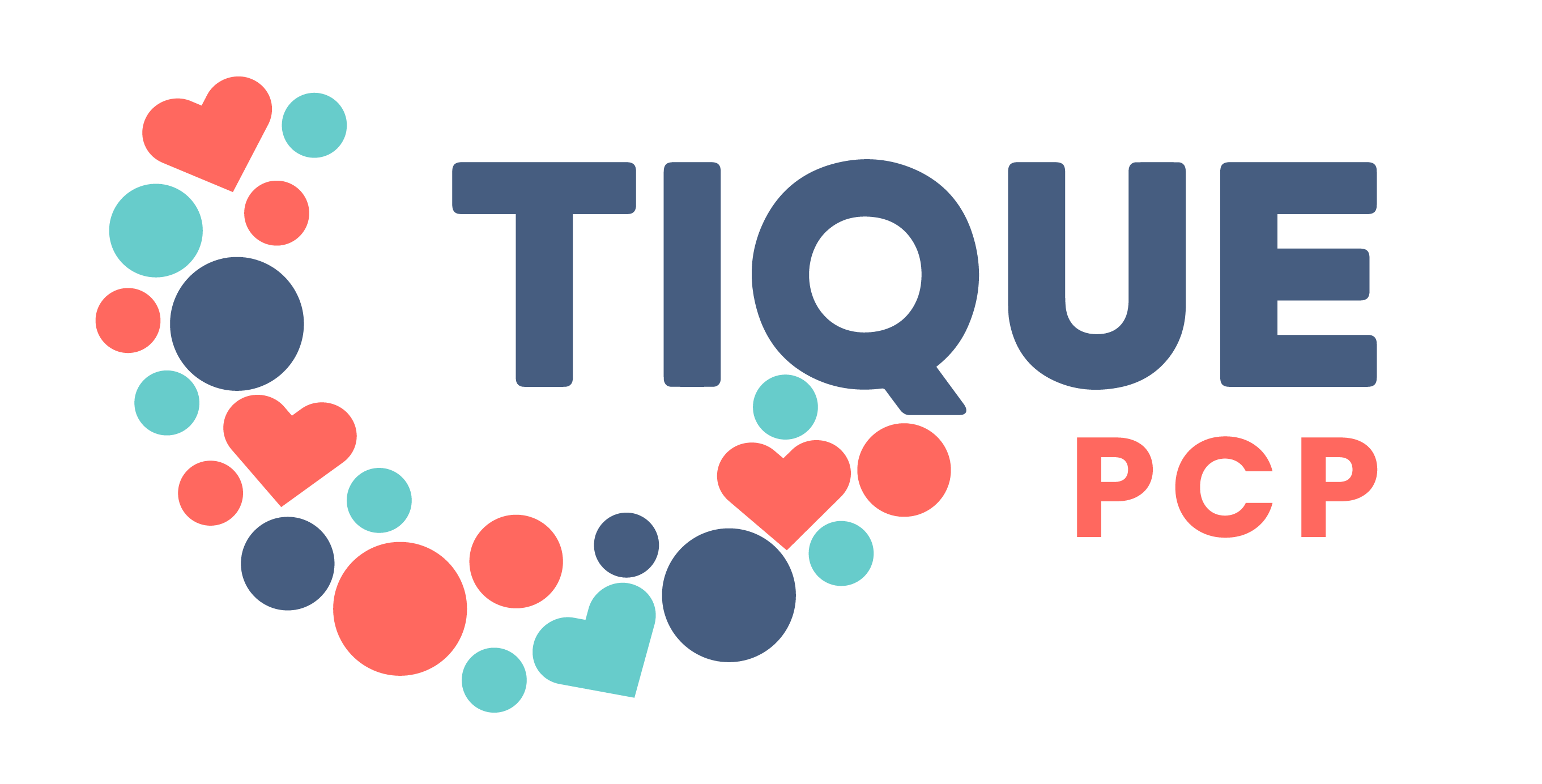This question can be answered best from each of our procurer’s point of view.
Region Västerbotten: In the Swedish healthcare system we have specialist care and primary care, and they are both part of the same organisation. They share the same ICT system and they share data between them. But also involved in the care of patients are Home Care or Social Care services, and in Sweden that is carried out by the municipalities. And they don’t share the same ICT system, so here we have a gap that we need to address. Those are the main entities that are involved in the care of heart failure patients.
Hospital de la Santa Creu i Sant Pau: In Catalunya and in particular at Sant Pau, we will pilot with the tertiary hospital (which is Sant Pau) and also with the primary care centres. In our reference area we have a multi-provider healthcare system that includes different organisations. We all have a common background of medical records and other tools, but TIQUE will have to integrate with different organisations that have different ICT systems, although the core of electronic health records will be shared by all.
We are also interested in integrating nursing homes in our pilots and not all of them are part of the healthcare system in Catalunya. Additionally, we would like to include social care services (which do not share the same ICT systems either), although this on a secondary level of priority.
ASL Avellino: Avellino is a local health agency. The unit that is working on this PCP is the Home Care Unit. Our idea is very similar to Sant Pau’s approach in that we would like to integrate different levels of care. Our advantage is that the local health agency in Avellino includes both primary care and specialised care, including several hospitals. To this project we have also connected an additional hospital of national relevance that has extensive experience in cardiovascular interventions. Our idea is to connect these different levels of care. From the technical point of view, we will provide specific interoperability requirements to facilitate integration.



